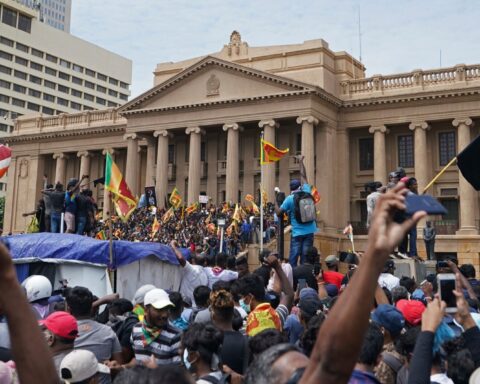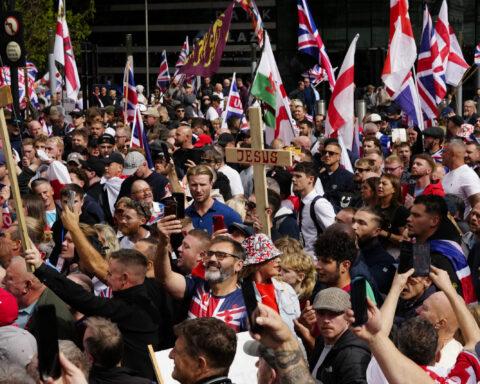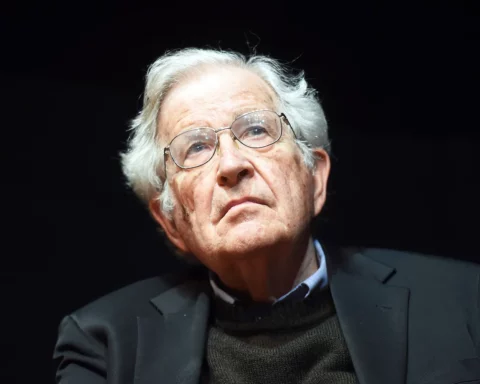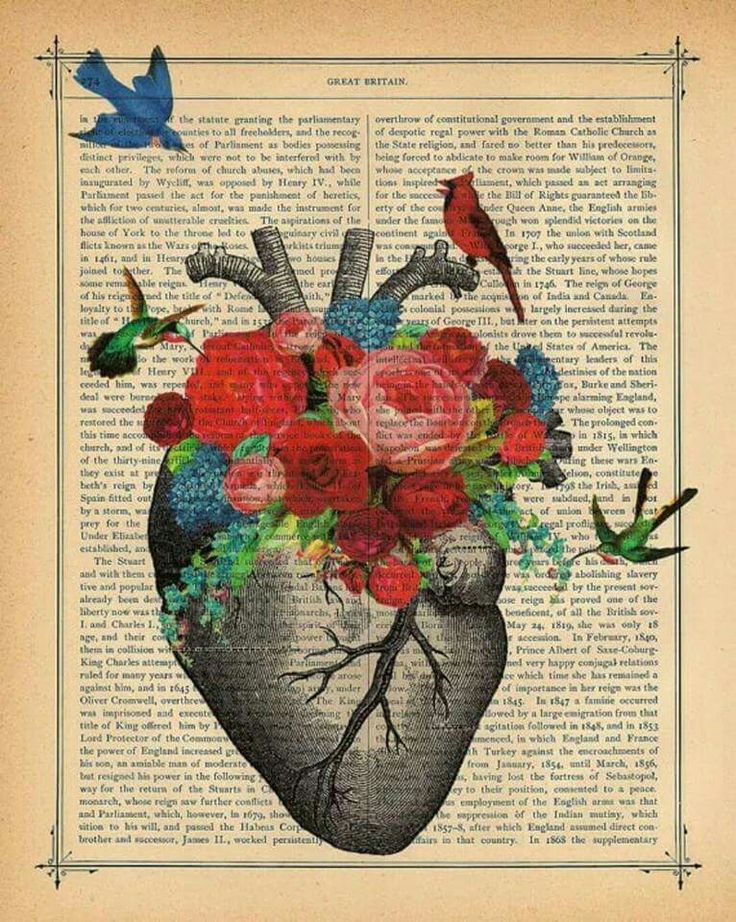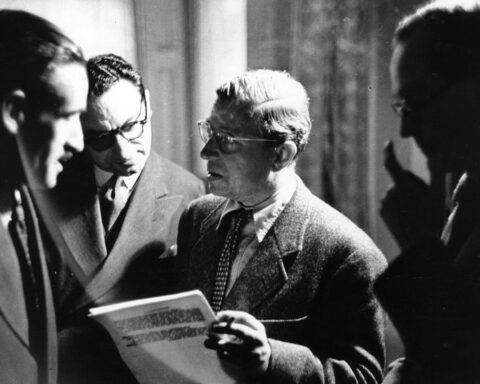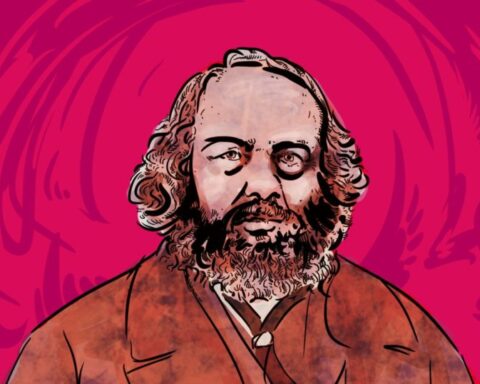Positively Trojan Horses Revisited
“Trojan Horses” appeared at the height of the Reagan years in the U.S., a highly charged political period that saw a heavy backlash against progressive and feminist ideas in the so-called culture wars waged by the Right. Lippard reported from the trenches, not only providing context and arguments, but also offering contemporary examples of activist art and cultural resistance. My interest here lies less in retelling those stories—for that one doesn’t need to look any further than the essay itself—than in focusing on Lippard’s central argument. Yet it should be mentioned that one aspect of the examples is particularly striking now: the sheer number of engaged practices fusing art and activism in a decade most commonly understood in art historical terms as a postmodern, object-based, commodity-oriented and even apolitical decade—and often either derided or commended for those very features. However, as Lippard’s survey and other sources point out, there is also another history, a counter-history. Moreover, the 1980s now appear to have witnessed a much larger movement of artistic activism than, say, the 1990s and its often heralded return to the social and political in art, not to mention our present decade . . .
Lippard’s argument is not merely historical, though, but also offers something resembling ontology, or even “hauntology,” and it does so from the outset, from its very title and its invocation of an example that is not so much historical as it is mythological: the Trojan Horse. Like the Trojan Horse, activist art enters hallowed halls where it does not properly belong by way of a disguise—by being an alluring aesthetic object, it pushes into the institution of art, both concretely and metaphorically. But unlike the Trojan Horse, activist art is not instrumental in the violent overthrow of a regime, but works rather by subverting the very idea of an aesthetic object. Obviously, in (art) activist circles and beyond, the debate continues as to whether this subversion is merely a masquerade—a purely strategic universalism that pretends to be “art” in order to gain access—or whether we are dealing with a Janus-faced identity: at once activist and aesthetic. And then there is the possibility of activist art masquerading as a Janus!
Crucial to the idea of the Trojan Horse is the possibility of movement from the outside of a stronghold to the inside by means of artistic production. Indeed, for Lippard, the foremost characteristic of activist art is that it moves between art institutions and local, political communities and contexts—sometimes engaging so significantly in the latter that visibility in the former becomes secondary, irrelevant, even obsolete. Activist art, then, is not a genre, not an ism, but is rather an engagement in social issues and social change through a great variety of methods and mediums. It is pragmatic rather than idiomatic. Therefore, the question of whether or not it is art, and whether artistic production is a useful platform for political change, does not come up. Politics is seen in terms of how one acts in the situation one is in—a question of how one engages. Rather than maintaining a dichotomy between art and activism or between aesthetics and politics, another strategic, albeit tentative distinction is established between political art and activist art, between social concerns and commentary on the one hand, and community involvement and organizing on the other.
These two approaches are united by the concept of power: the power of art and the power of the people. As Lippard duly notes, no one can achieve change alone—not even famous artists. Change can only be realized as part of a movement, hence the focus on community building and consciousness-raising found in much art activism. But artists also have access to power through their framing and reframing of the visible and seemingly invisible, through subversion of rather than subservience to dominant discourses of visibility and representation. Furthermore, according to Lippard, artists have among producers a uniquely high degree of control over their production, if not their post-production and distribution. While there certainly are employers in the art world, in its wider context of cultural production, and in the knowledge economy, an initial control over the means of artistic production is taken for granted; and to whatever degree, and, crucially, to whom, this control is then relinquished—be it to institutions, collectors, collaborators, or communities—this comprises a political decision paralleling those that govern the initial production of images themselves. In other words, the struggle today is not only over the production of images and ideas, but also over their dissemination and distribution, a struggle that cannot be endured alone, but always with, as well as against others: embedded and expanded.
× introduction written by Simon Sheikh
Simon Sheikh is a curator and critic. He is currently assistant professor of art theory and coordinator of the Critical Studies program at the Malmö Art Academy in Sweden. He was the director of the Overgaden Institute for Contemporary Art in Copenhagen from 1999 to 2002 and a curator at NIFCA, Helsinki, from 2003 to 2004. He was editor of the magazine Øjeblikket from 1996 to 2000 and a member of the project group GLOBE from 1993 to 2000.

